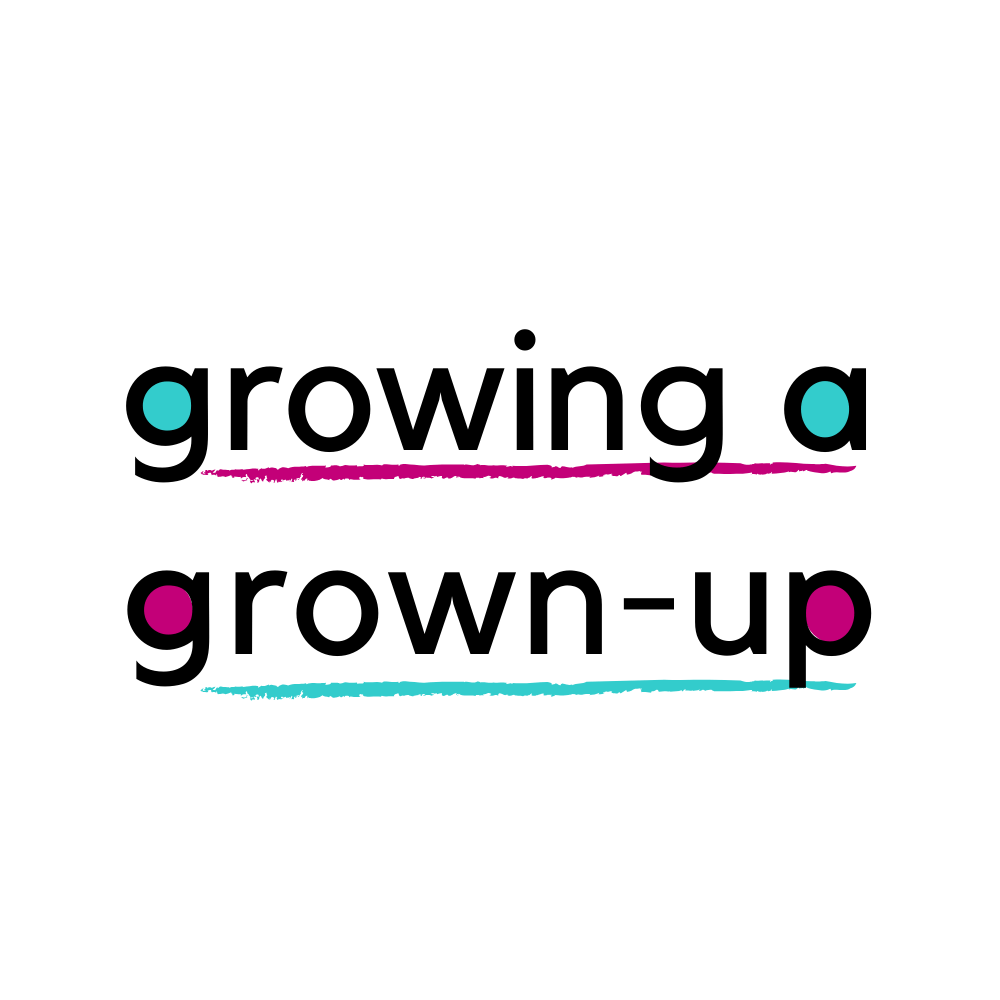There is no doubt that for parents and carers self-harm is one of the most worrying issues to deal with. Whether it’s just the thought of it happening that scares you, or coping with repeated self-harm in your home, young people hurting themselves is an understandably anxiety provoking scenario.
Finding alternatives to self-harm
Today I want to reassure you that, whilst stressful, self-harm can be supported and managed in a compassionate and helpful manner, allowing the young person to stop gradually, and find alternative and more healthy coping strategies.
I have written much more about this in How to Grow a Grown Up (for parents/ carers) and in Stay Balanced While you Study (for teens and young adults) so here I will just outline some of the key messages and resources that might help you.
Why self-harm should never be ignored
Self-harm is an increasingly common issue, and often appears alongside other conditions such as eating disorders, depression and anxiety. It is crucial that, as parents, we recognise the distress that leads to self-harm, and don’t shy away from uncovering the deeper problems it signals to us.
Self-harm matters, and should never be dismissed as ‘attention seeking’, or ‘a phase’, because it is sadly linked to a higher risk of suicide in young people, and this is particularly true if the young person identifies as LGBT+, has been bereaved, is under significant academic pressure, or lives among family discord or violence.
Self-harm is essentially an unhealthy coping strategy, but it helps people to cope nonetheless, so it is important not to simply block it/ stop it, but instead to find healthier alternatives for emotional pain release, and in the longer term, a way out of the emotionally painful situation.
Why do people self-harm?
My 10 minute TEDX talk on ‘Understanding Why’ explains this in more detail, and clarifies that we need to look for the underlying reasons for the self-harm (bullying, grief, trauma) rather than focus on the self-harm alone. Dealing with the underlying problem will remove the perceived need by the young person to release emotional pain by cutting/ burning or hurting oneself by taking overdoses. Addressing underlying problems will be much more effective in protecting long term wellbeing than just asking them to stop using their coping mechanism.
How do I talk about it?
If you want to talk to your young person about self-harm, remember to try to use open questions, that don’t lead towards a negative answer. Maybe try “if you ever want to talk about self-harm- I’m happy to do that” instead of “You would never self-harm would you?” (which tends to elicit an expectation of ‘no’). Even if they don’t want to talk about it then, they know that you are open to it and less likely to feel judged.
Remember- help is available!
In summary, self-harm is important, should not be dismissed or ignored, is a sign of underlying emotional pain, and alternative ways to cope need to be found before it can successfully be stopped longer term. If you need extra help, brilliant resources are listed below, including an NHS approved, award winning, free app, and wonderful websites. Your GP is always a good place to start if more support is needed, or the school welfare team, university wellbeing team, or local young people’s mental health charities.
Self-harm is challenging, scary and stressful for all, but it can be overcome if we stay calm and compassionate, providing support alongside our young person as they address their worries.
Useful resources for CYP
Young Minds – Suicidal feelings
distrACT App- free award winning app for reducing risk of self-harm

